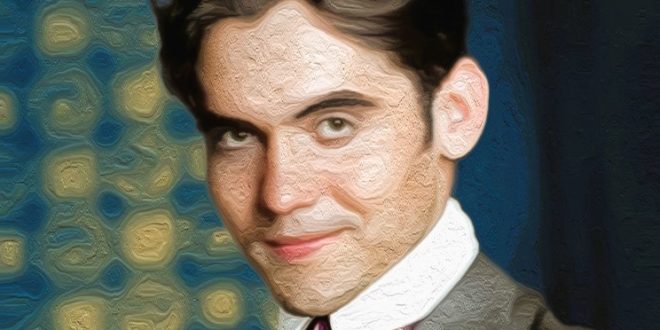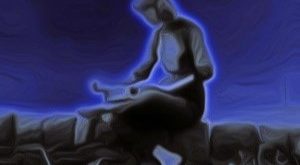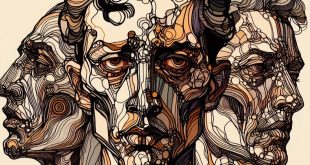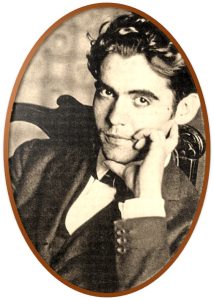
Spain, where the dead are more alive than in any other country
Meeting Benches is a virtual meeting and inspirational place for travelers, artists, thinkers, and dreamers from all over the world. Its virtual benches act as a connection point, creating an atmosphere of sharing and inspiration that allows people to share art, travel stories, and thoughts. In essence, this is a digital refuge for those who love art and creativity, a creative platform where you can find articles about emerging and established artists, art galleries, poetry, and travel stories like this one about a Spanish writer, Federico García Lorca, the man who argued that poetry should not have followers, but lovers. Type in “Writers” to find more. The images accompanying this post are digitized by the artist Dastilige Nevante.
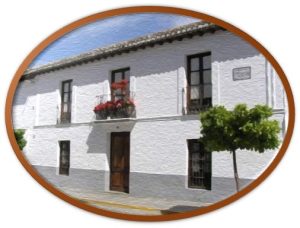
When visiting Spain, remember that Federico García Lorca left an indelible mark in various places. In Fuente Vaqueros, his birthplace, located in the province of Granada, Andalusia, he spent his childhood and received artistic influence from his mother. In Granada, Plaza de Castillejo witnessed his footsteps, therefore it evokes his memory. How can we forget the Faculty of Law of the University of Granada, where he studied and cultivated his passion for literature and art? He loved nature and poetry, not by chance the botanical garden of Granada inspired some of his verses. The house of the Rosales family witnessed many conversations and creative moments. A meeting place for artists and intellectuals, the Centro Artístico y Literario de Granada, still preserves the memory of this sensitive and creative man. Finally, in Granada, where he also walked through Acera del Darro and Plaza Mariana Pineda, dedicate to him the purchase of a book of his poems.
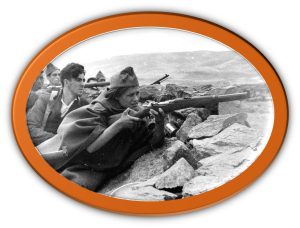
His tragic end represents the horrors that Spain experienced during this tumultuous period. Federico García Lorca died during the first months of the Spanish Civil War. On August 16, 1936, in Granada, he was arrested and imprisoned without trial by Nationalist forces for his homosexuality and liberal views. Two nights later, he was taken to a remote area outside the city and shot by a firing squad. His death remains shrouded in mystery, with several theories as to why. Some believe he was targeted for his homosexuality and political involvement, while others suggest a personal dispute as the more likely cause. His death became a symbol of the brutality and political instability of the time. His contemporaries were shocked by his tragic death; many expressed shock and outrage at the execution without trial of such a talented and influential artist.
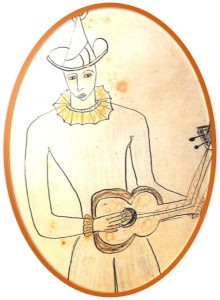
Born in Fuente Vaqueros, in the province of Granada, he grew up in a wealthy family, but it was his mother who influenced his artistic education, instilling in him a passion for the piano and music. He experimented with symbolism and surrealism, infusing his poems with dreamlike elements. His body was never found. He achieved international recognition as a leading figure of the Generation of ’27, a group of poets who introduced avant-garde art movements such as symbolism, futurism and surrealism into the Spanish literature of his time. His poetic and theatrical works remain influential in Spanish theatre. His life and art continue to fascinate audiences around the world. A poet, playwright and theatre director, Federico García Lorca was a staunch supporter of the Republican forces during the Spanish Civil War. Captured in Granada, where he was with some friends, just as he did not care about being born, he did not care about dying either, in 1936, when he was executed by a nationalist squad.
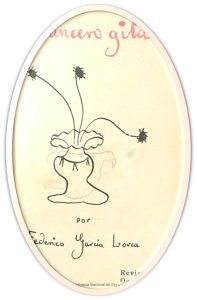
He showed an interest in folk songs and the guitar from an early age. His use of fusion of senses and unconventional metaphors created a unique poetic language. Federico García Lorca‘s poetry is rich, evocative, and deeply rooted in Spanish culture. Published in 1928, his collection, “Romancero gitano” (Gypsy Ballad), composed of eighteen ballads that blend traditional Spanish ballad forms with modernist themes, is one of his most famous works. The writer’s vivid imagery and emotional intensity make these poems, which explore love, death, and the struggles of marginalized communities, unforgettable: “SOLEDAD – Wash your body with lark water, and leave your heart alone, Soledad Montoya. Down under the river sings: flyer of sky and leaves. With pumpkin flowers the new light is crowned. Oh, shame for the gypsies! Rigor clean and always alone. Oh, hidden pain of the river and distant dawn!” Inspired by Andalusian culture and composed of 18 poems, the collection was considered by the poet as an authentic expression of Andalusia.
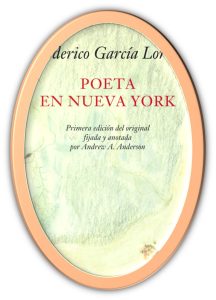
Written during Federico García Lorca‘s stay at Colombia University as a student in the early 1930s, the collection “Poeta en Nueva York” (Poet in New York) reflects, in clear, passionate and disciplined language, his disillusionment with urban life, capitalism and the dehumanizing effects of modernity: “GIRL DROWNED IN THE WELL – No one in the darkness can give you distance, but rather a sharp limit, a diamond future… with no outlet. While people seek the silences of a pillow, you throb forever defined in the circle… with no outlet.” In those surreal, fragmented poems full of crude images, the poet addresses loneliness, alienation and the loss of cultural identity. He was shy and reserved. In fact, throughout his life, he avoided speaking publicly about himself. The most personal image of him is legendary: he is said to have cried as he was being carried to his death.
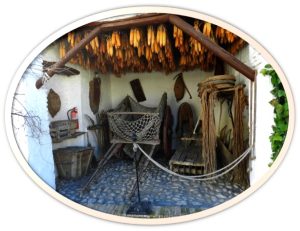
He often blurred the boundaries between reality and imagination. Federico García Lorca often drew inspiration from Andalusian landscapes, rural traditions and folklore. His use of symbols, metaphors and allegories adds depth to his verses. In his collection “Libro de Poemas” he reflects on his inner world with joy, anguish and nostalgia for his early youth with a mood expressed by metaphors about nature: “PATIO – The quiet made sphinx mocks death, which sings melancholy in a group of distant cypresses. The ivy of drops covers the walls, swollen with archaic and miserere.” A poem that celebrates the beauty of nature, the rhythms of rural life and the mystical connections between humans and the natural world.
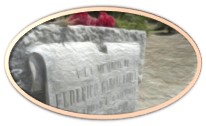
His elegies and laments are moving expressions of grief. His exploration of desire, passion, and forbidden love is both sensual and tragic: “IT IS NOT YOUR LOVE THAT I WANT – It is not your love that I want. I only want to know that you are near and that, silent and silent, from time to time, you hold out your hand to me.” As you have just read, the theme of love is a recurring one in Federico García Lorca‘s poetry. In fact, he also delves into mortality, fate, and the inexorable passage of time. His life was tragically cut short, but his legacy lives on through words that continue to resonate around the world, capturing the essence of human experience and emotion. His body was thrown into a ravine a few kilometers to the right of Fuentegrande and was never found.
 Meeting Benches World art in all forms
Meeting Benches World art in all forms
